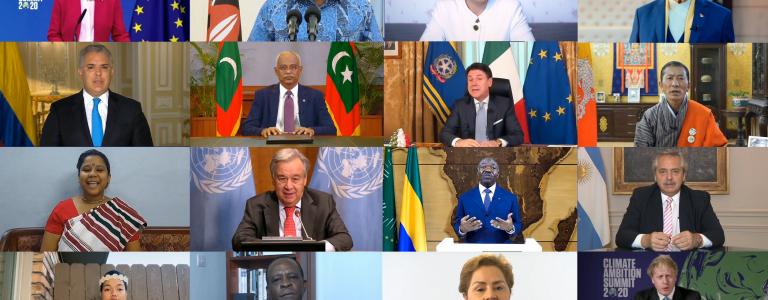Did the Climate Ambition Summit Make Enough Progress?
As birthdays go, one could have hoped for better circumstances. Five years ago, governments adopted the Paris Agreement on climate change, and December 2020 was intended to provide its first major test: would governments submit enhanced or new nationally determined contributions (NDCs), more stringent in their emissions reductions, along with more generous pledges on finance?
(This analysis comes from the larger Earth Negotiations Bulletin summary and analysis of the Climate Ambition Summit, first published December 14, 2020)
Like so much else in 2020, the COVID-19 pandemic threw a wrench into the works. There could be no in-person meeting to celebrate and negotiate the final aspects of the Paris rulebook. But, at the same time, the global health concerns that shaped the year reinforce the truth that the health of humanity and of the planet are interwoven.
Instead, a series of virtual events substituted for the Glasgow Climate Change Conference, originally scheduled for December 2020. The virtual Climate Dialogues in late November and early December allowed parties and civil society to exchange views and share new information. Meanwhile, the Climate Ambition Summit provided an opportunity for parties to show progress—and for the incoming Conference of the Parties (COP) Presidency to demand it.
According to the co-conveners—the United Nations (UN), the United Kingdom, and France—there would be “no space for general statements,” and announcements were expected to “show genuine progress from existing policies.” Still, with three climate summits in the past six years, some worried about diminishing returns. Would this call from the UN and COP presidencies be enough to bridge the gap between ambition and what is necessary to limit catastrophic global warming according to science?
“We have to ask ourselves two questions,” incoming COP 26 President Alok Sharma said as he closed the event. “At the end of the day, have we made progress? And is it enough?” This brief analysis of the Climate Ambition Summit attempts to answer those questions.
Ambition, if only in name
Did the Climate Ambition Summit present meaningful progress? Technically, yes.
The convenors requested leaders to come forward with announcements relating to Nationally Determined Commitments (NDCs), long-term net-zero strategies, climate finance commitments, and adaptation plans. Motivated, perhaps, as much by peer pressure as by the demands of science, many countries announced significant upgrades to their medium-term mitigation targets. The European Union’s proposal of 55% greenhouse gas emissions reductions, as well as the United Kingdom’s and Denmark’s targets of 68% and 70% reductions, respectively, are among the most ambitious in the history of the United Nations Framework Convention on Climate Change (UNFCCC). China’s pledge to reduce its economy’s carbon intensity by “at least” 65% from 2005 levels by 2030 nudges one of its previous NDC targets higher. Collectively, the summit yielded 45 announcements of new, updated, or revised NDCs. Many of these announcements, however, included already agreed-upon policy. It will therefore take time to untangle previous commitments from new ones and assess their contribution.
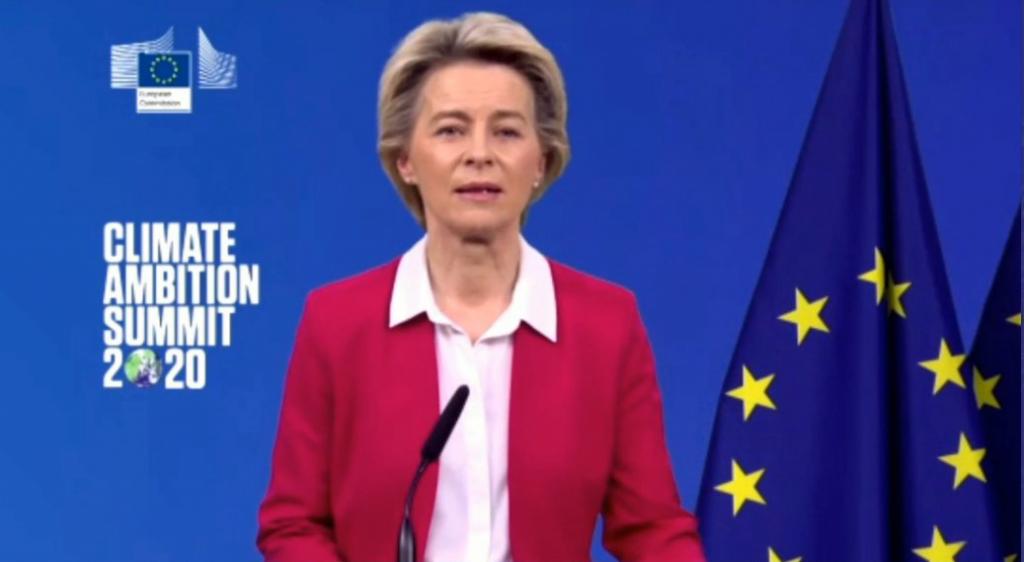
Moreover, ambition in developing countries continues to be conditional on developed countries delivering on their financial promises. Developing countries such as Barbados and the Maldives, which announced ambitious mitigation commitments despite their constraints, reiterated long-standing calls for increased climate finance, technology transfer, and capacity-building support. In fact, developed countries’ promise in Copenhagen in 2009 to mobilize USD 100 billion in climate finance per year by 2020 will not be met. As a result, it is likely that many developing country commitments will continue to be conditional on those flows reaching their destination. This summit was a reminder that, as UNFCCC Executive Secretary Patricia Espinosa noted, climate finance contributions can be the key enabler of ambition—or its breaking point.
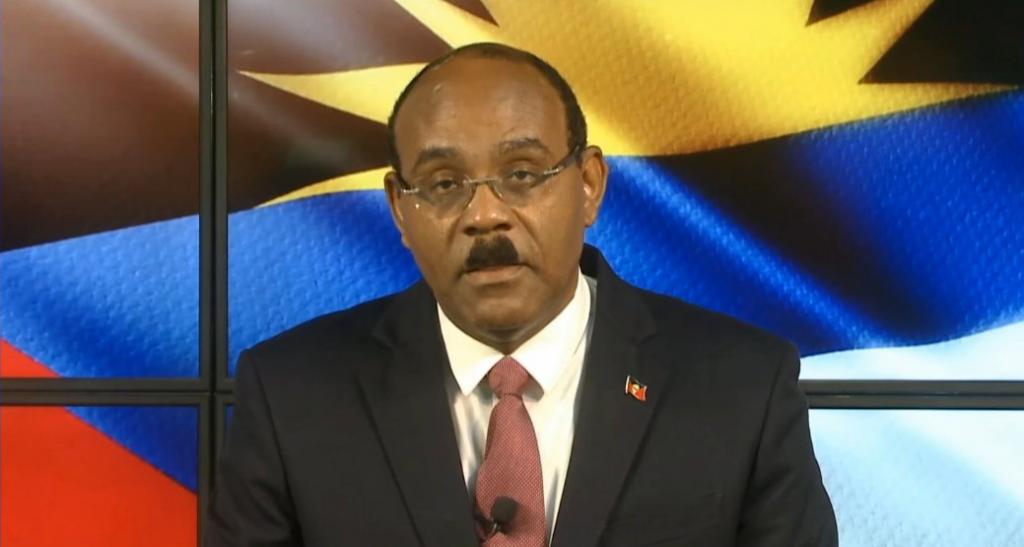
Despite an abundance of participants—111 speakers in all—there were some notable absences. Organizers were clear only those who presented enhanced ambition would be offered a speaking slot, with priority for “transformational commitments.” The absence of Brazil, the Russian Federation, Australia, and New Zealand, to name only a few, sent a message: commit to serious change or be left behind on the world stage. Yet some commentators questioned the effectiveness of this tactic even as they recognized it may be the only trick left in the UN’s toolbox since those parties will still be present and active at the rescheduled COP 26 in Glasgow in 2021.
“No representatives from the fossil fuel industry were invited to speak, either,” another quipped online, “and they don’t seem that devastated.”
Also absent was the United States, which exited the Paris Agreement in November 2020—only to have its new President-Elect Joe Biden announce the United States would rejoin the Paris Agreement when he takes office in January 2021. Although officially absent, American subnational and non-state actors did participate, including two U.S. state governors. At the same time, many major players may still be waiting to see how a Biden administration acts on climate before cementing further international commitments. Some observers saw China’s Climate Ambition Summit commitment, which did not contain an earlier peaking target for emissions that some had anticipated, as a sign that it was “hedging its bets” before the official re-entry of the United States into the Agreement.
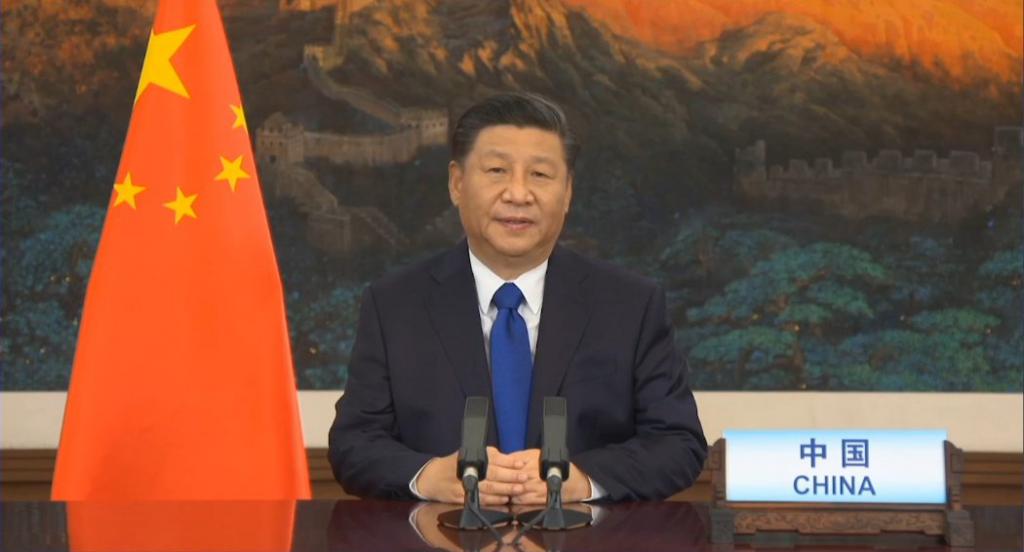
What is promised and what is necessary
If the summit achieved its goal of raising ambition—however incrementally—whether that ambition is sufficient to meet the key objectives of the Paris Agreement is questionable. The World Meteorological Organization estimates a 24% chance of surpassing the threshold of 1.5°C of warming in the next five years. The 2020 UNEP Emissions Gap Report concludes that the world remains on track to exceed 3°C of warming by the end of the century. The Intergovernmental Panel on Climate Change (IPCC) has warned that emission cuts of 40%–60% from 2010 levels are needed by 2030 to stay on track to limit warming to the Paris Agreement’s lower threshold of 1.5°C. Most countries who spoke at the summit came nowhere close to this level of ambition.
While significant, these commitments do not necessarily reflect the urgency of the science. At the November 2020 Climate Dialogues, Intergovernmental Panel on Climate Change scientists were clear: immediate and urgent decarbonization is necessary and any delay adds to the burden on future generations. Many announcements made in 2020 and at the summit skew toward longer-term decarbonization, with net-zero targets tied to 2050. As UN Secretary-General António Guterres noted, G20 countries still spend 50% more in their COVID-19 stimulus and rescue packages on sectors linked to fossil fuel production than on low-carbon energy. And of the world’s largest emitters, only a small number have proposed or submitted stronger NDC targets. Although some took the commitments of the summit as evidence that the Paris Agreement’s “ratchet mechanism” is working, it was clear to others it is not working fast enough. Before the summit, activist Greta Thunberg slammed world leaders for setting “distant hypothetical targets,” declaring that “the gap between what we need to do and what needs to be done is widening by the minute.”

Significant uncertainty clouds the climate agenda entering 2021. Some were encouraged that the British presidency demonstrated a willingness to employ its vast diplomatic network as the incoming COP 26 Presidency to mobilize stakeholders worldwide, including through the non-party stakeholder-oriented Race to Zero campaign, despite the postponement of the COP by a full year and the raging pandemic. But with the UNFCCC’s mid-year Subsidiary Body meetings yet to be scheduled for 2021, the path to COP 26 is not yet clear. While a number of speakers cited growing optimism about recent scientific advances to combat COVID-19, uneven access to vaccines raises concerns that the long tail of the pandemic could further disadvantage developing countries, including in climate negotiations.
Uncertainty also remains around the role of civil society. Some noted that virtual platforms make it difficult to execute the “inclusive multilateralism” that many in the international community continue to call for. The incoming Presidency’s focus on including business, and scientific and civil society groups also raises the question of how these communities will participate in the UNFCCC process, should opportunities for face-to-face interaction remain limited in the months or years to come.
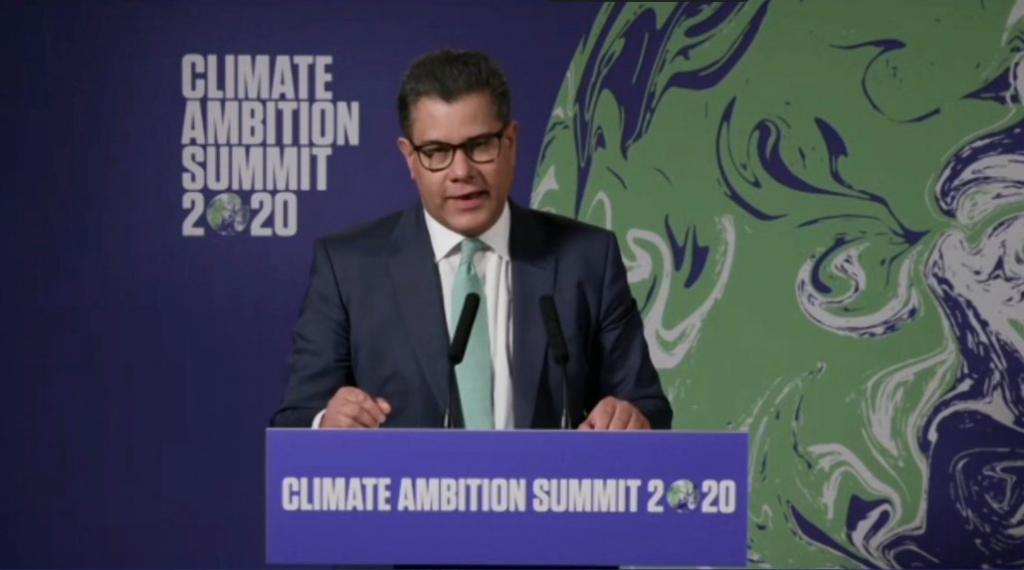
Stitching together climate ambition
The incoming COP Presidency projected determination at the summit’s close. “I want the golden thread of climate action to weave through every international gathering next year,” Sharma said, pointing to upcoming G7 and G20 meetings. But even if the targets and the science are clear and unmoving, whether climate ambition will deliver those targets remains to be seen. Current policies do not hold the world below 1.5°C, or even 2°C, of warming. Most of today’s targets will be judged when the leaders presenting them are long out of office.
The coming year’s recovery from a global pandemic, a shifting world stage, and the juggling of economic priorities with environmental imperatives will dictate whether true transformation will emerge at COP 26 in Glasgow. Will the golden thread weave together humans and the planet once more? Or will the Paris Agreement’s patched-up cloth of goodwill unravel at the seams?
To receive ongoing coverage of global environmental negotiations, subscribe to the Earth Negotiations Bulletin e-newsletter.
You might also be interested in
UNFCCC Submissions Tracker
Tracking and sharing opportunities for stakeholders to give input to the UN climate change negotiations.
The State of Global Environmental Governance 2023
In global environmental talks in 2023, the focus across nearly all issue areas was funding implementation and reviewing performance.
On Behalf of My Delegation (Second Edition)
This backpacker’s guide to the world of climate change negotiations sums up key challenges faced by negotiators and ways to overcome these problems.
Lessons Learned at COP 28
Two newcomers to climate negotiations reflect on their COP 28 experiences—surprises, insights, and what they'll look for at the next UNFCCC talks.
